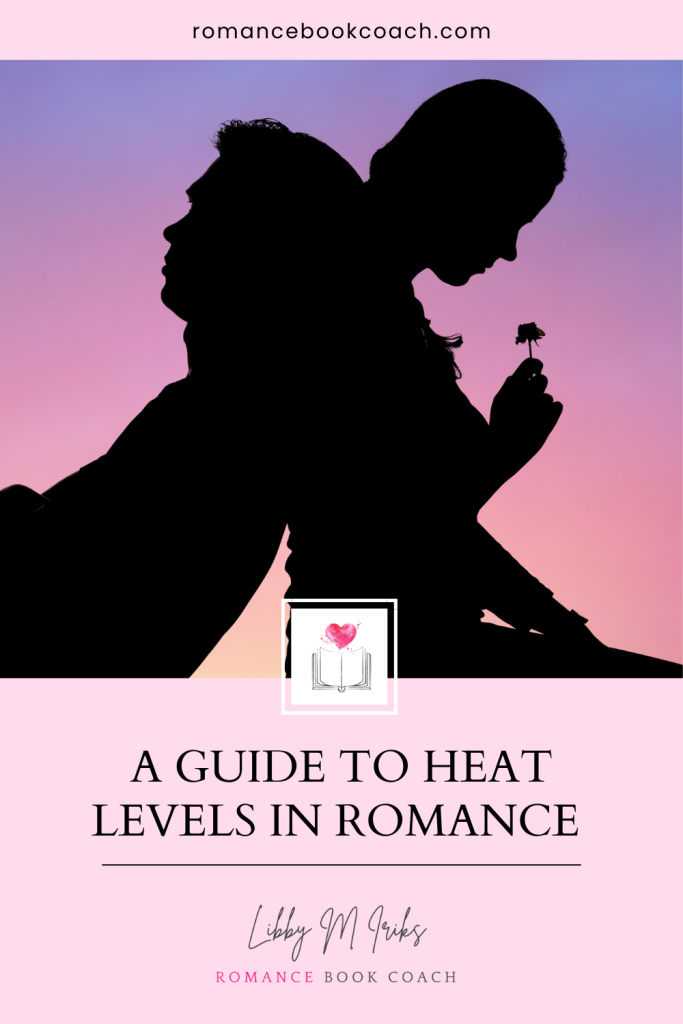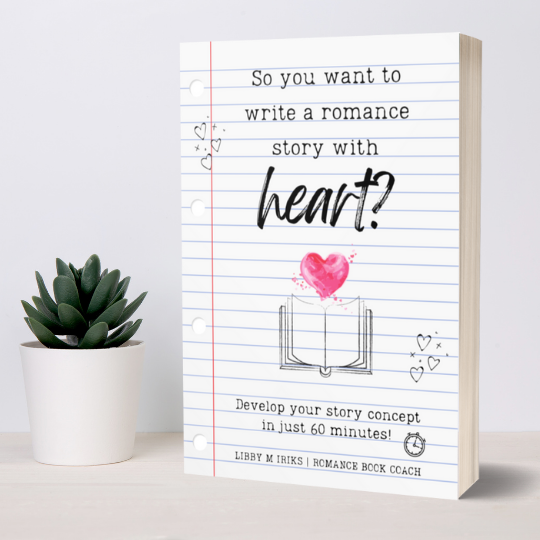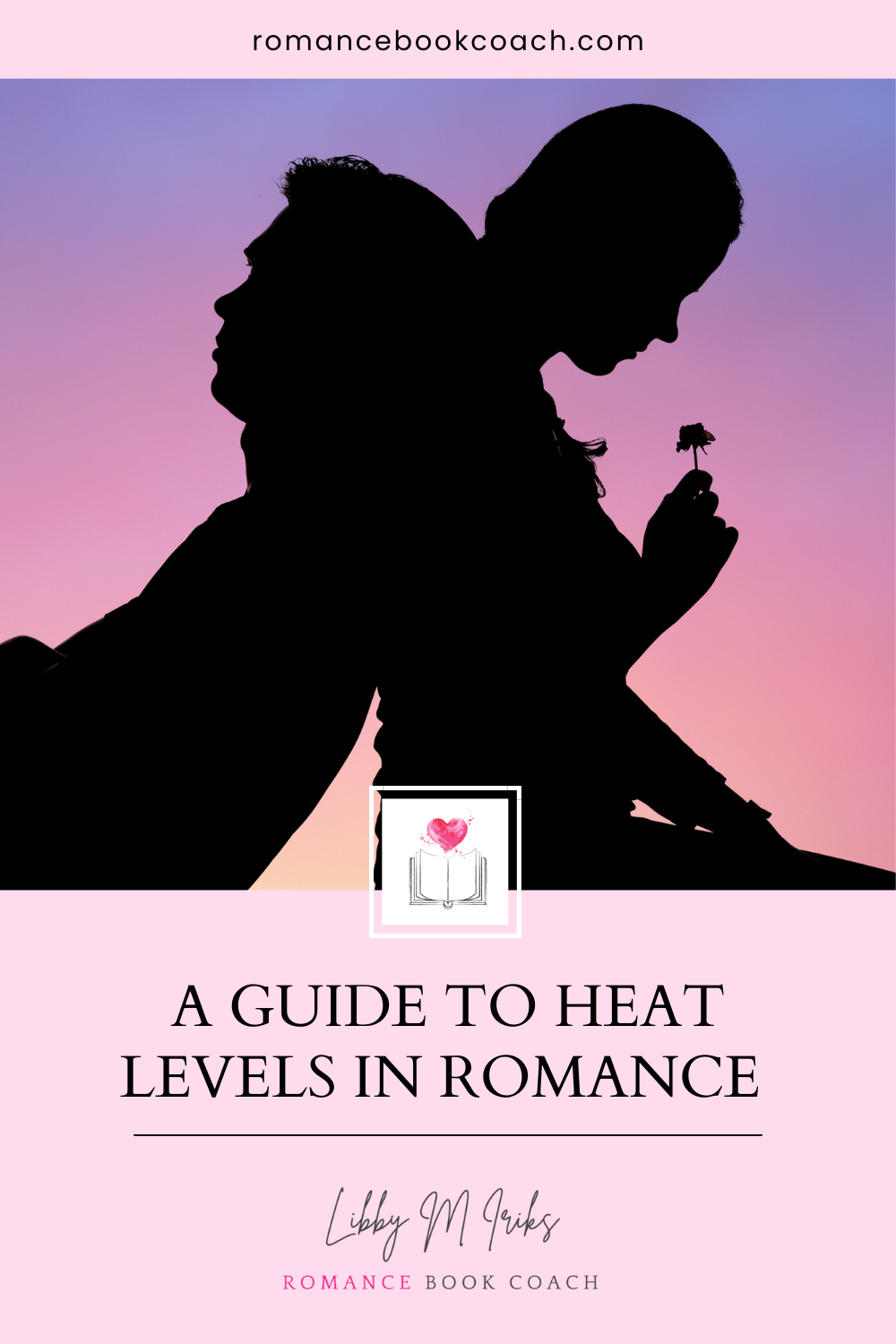Romance writers and readers often refer to stories’ heat levels? But what does that mean? And how do you determine the heat level in your own manuscript?
What are heat levels?
In the romance genre, stories are often described according to their “heat levels”. A heat level is a rating given to a romance novel that measures: 1) the nature of intimacy between the characters, 2) the language that’s used, and 3) the themes that are explored. Think of it in terms of the audience ratings given to movies, with stories rated G being suitable for anyone, including young children (though they probably wouldn’t be interested) and your grandmother 😉, and those rated R 18+ as strictly adults only. 🔥

The importance of heat levels
It’s a good idea to consider the heat level of your story before you start writing, not only because you want to be comfortable with what you’re writing but also because it’s part of the promise you’re making to the reader. To learn more about this promise, read 3 reasons genre is important and 5 romance subgenres.
Many romance readers are very particular about the level of heat they’re prepared to read — some will be offended by more explicit stories, while others will get frustrated by milder stories. To avoid offending or frustrating your readers, be consistent with the level of heat you infuse into the story so that you can eventually market it with confidence to a particular kind of reader.
If you’re new to writing romance, you may not yet know what heat level you’ll be most comfortable writing, and that’s okay. Read a wide range of heat levels and experiment with them in your writing. You’ll eventually find your sweet spot and will be able to write with authenticity.
The ratings I’ve used below are in line with Australia’s movie rating system, though I’ve also described the level to give a clear idea of just how much heat is included.

Your dream is worth it.
You deserve to write a story you can be proud of.
Your characters deserve the most epic and transformational journey you can give them.
Your reader deserves the most compelling and life-changing love story you’re capable of writing.
Visit the RTP Academy today and learn to romance the page with romance book coach, Libby M Iriks.
Heat Level Ratings Guide
G — General Audience
- Heat level: Very mild heat to no heat (also labelled ‘sweet’).
- Intimacy: Pecks on the cheek and hand-holding are allowed but sex isn’t so much as implied.
- Language: No offensive language of any kind.
- Themes: Only simple and innocent themes are explored.
PG — Parental Guidance Recommended
- Heat level: Mild heat (also labelled ‘sweet’).
- Intimacy: Kissing is acceptable but intimate touching is not. Sexual intimacy between characters might be implied, but the reader isn’t privvy to what goes on behind closed doors.
- Language: Very mild cursing is acceptable.
- Themes: Usually, only mild, conventional themes are explored.
M — Mature Audiences
- Heat level: Moderate heat (also labelled ‘sensual’).
- Intimacy: Scenes can incorporate touching and may escalate to include sex, though the act itself should be kept fairly non-descriptive and the scene brief.
- Language: Slightly stronger language can be used, though not too strong; body parts may be referred to in subtle terms.
- Themes: Mature themes can be explored.
MA 15+ — Mature Accompanied
- Heat level: Strong heat (also labelled ‘steamy’).
- Intimacy: Explicit, lengthier and descriptive sex scenes are acceptable.
- Language: Strong language can be used, including milder slang terms for body parts.
- Themes: Strong themes can be explored.
R 18+ — Restricted (Adults only)
- Heat level: Extreme heat (also labelled ‘erotic’, not to be confused with erotica).
- Intimacy: The characters’ sexual relationship is not only graphic but is instrumental in the development of their romantic relationship.
- Language: There are no restrictions on language usage or the terms used for body parts.
- Themes: There are no restrictions on the themes that can be explored.
Got another way to describe heat levels? Pop it in the comments below!
If you found this guide helpful, feel free to share it with your romance-writing buddies!




